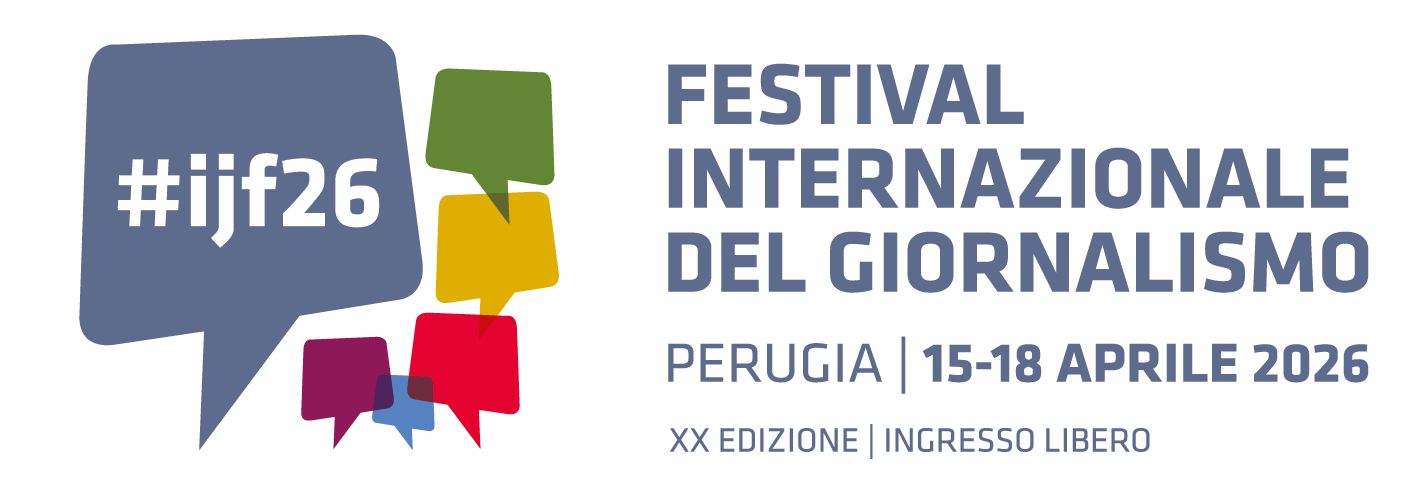Forget the new technologies of artificial intelligence, it is one of the oldest that is having a renaissance in the media industry. Audio is booming with publishers increasingly putting more resources into podcasts and digital audio. Then there is radio, to some considered a platform of the past, which is now the reliable source of information for communities in need such as in Ukraine.
In its report on Journalism, media, and technology trends and predictions 2022, the Reuters Institute said “….it is clear that many publishers believe that audio offers better opportunities for both engagement and monetisation than they can get through similar investments in text or video.” A point explored further in WAN-IFRA’s Innovation in news media report 2022-23 for legacy media looking to create a more sustainable business model through subscription.
But how is this working in practice?
This panel considers the advantages and impact of producing the now familiar podcasts, but looks beyond to, for example, the audio reads for long form stories, and how entire publications such as the UK based The Economist are now available to subscribers in audio form. We ask how innovations such as short form audio and live audio formats can be effective on digital platforms and across social media.
It considers how audio is increasingly returning to its traditional roots in radio to provide a trusted reliable service to those living through the war in Ukraine.
Organised in association with Thomson Foundation.














